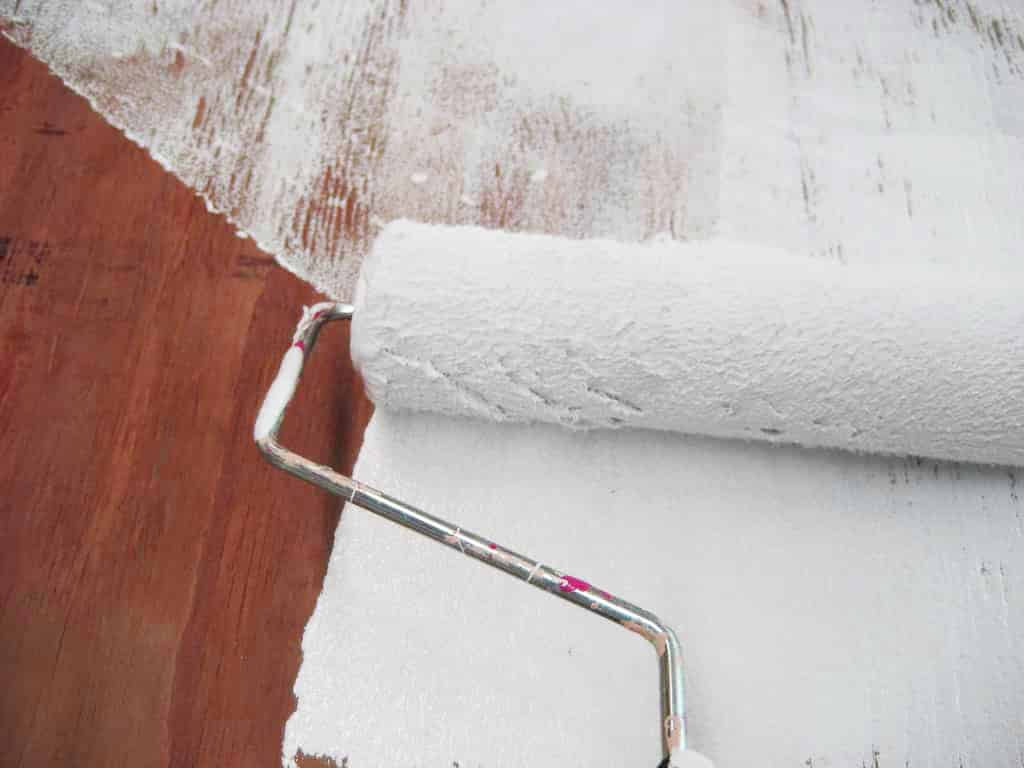Unleashing the strength of Varnish for Parquet: Boosting Info Performance and Efficiency
Within the dynamic landscape of information administration, optimizing storage and retrieval procedures is paramount. One particular pivotal technology which has emerged as a match-changer With this arena is Varnish. Whilst typically recognized for its job in Net caching, Varnish has identified a completely new domain to beat – the entire world of massive Info, specifically along with Parquet file structure. On this page, we are going to delve to the synergy between Varnish and Parquet, Checking out how this combination can revolutionize data functionality and effectiveness.
The Essence of Parquet
Prior to we plunge in to the symbiotic romantic relationship among Varnish and Parquet, let's very first grasp the essence of Parquet itself. Parquet can be a columnar storage file structure optimized for use with significant information processing frameworks. Its exceptional composition organizes details by columns instead of by rows, enabling far more productive knowledge retrieval functions, especially for analytics workloads. This structure has acquired enormous attractiveness in the information engineering realm due to its power to noticeably lessen space for storing and improve question performance.
The Varnish Edge
Varnish, on the other hand, is often a large-performance HTTP accelerator created to quicken material shipping and delivery. To begin with conceived for Net programs, Varnish operates by storing frequently accessed content in memory. This makes sure that subsequent requests for a similar material might be served considerably faster, as the info doesn't have to get fetched from the first source. This theory of caching is usually a sport-changer when applied to knowledge processing.
A Symbiotic Connection
The magic definitely transpires when Varnish and Parquet be a part of forces. By leveraging Varnish for a caching layer for Parquet information, corporations can unlock a multitude of benefits:
1. Accelerated Query Response Situations
Certainly one of the key benefits of incorporating Varnish with Parquet may be the impressive reduction in query response times. As Varnish stores frequently accessed Parquet documents in its cache, subsequent queries for a similar facts can be served with lightning speed. This is especially useful for apps where serious-time or in close proximity to-real-time processing is critical.
two. Optimized Useful resource Utilization
With Varnish in the combo, corporations can take advantage of in their computing sources. By decreasing the need to fetch knowledge from the initial source repeatedly, computational overhead is substantially minimized. This translates to Price tag financial savings and improved source utilization, that is important in today's source-intense data environments.
three. Scalability and cargo Balancing
Varnish's inherent capability to distribute masses across a number of servers ensures that the method can scale seamlessly. This is certainly invaluable for programs coping with huge datasets and large consumer concurrency. The put together electric power of Varnish and Parquet allows for a strong and scalable information processing infrastructure.
four. Reduced Bandwidth Consumption
By caching Parquet documents, corporations can significantly reduce bandwidth consumption. This is especially advantageous for environments the place network constraints may be a restricting aspect. With Varnish dealing with the caching, the need for frequent retrieval of information from exterior storage is mitigated.
Employing Varnish with Parquet: Best Procedures
Whilst some great benefits of integrating Varnish with Parquet are crystal clear, It is really important to approach the implementation with mindful thing to consider. Below are a few very best procedures to keep in почистване на ръжда от метал mind:
Strategic Caching Guidelines: Determine caching procedures that align with the precise data obtain styles of one's application. This makes certain that frequently accessed Parquet documents are prioritized for caching.
Checking and Tuning: Regularly observe cache strike rates and reaction instances to great-tune the caching configuration. This iterative system will help in optimizing general performance after some time.
Cache Invalidation Methods: Implement strong cache invalidation strategies to make certain stale info will not persist in the cache. This is very crucial for purposes where by info freshness is critical.

Safety Criteria: Put into action right access controls and authentication mechanisms to safeguard delicate facts. Make sure only authorized end users have access to cached Parquet information.
Summary
The marriage of Varnish and Parquet signifies a paradigm change in info processing performance. By harnessing the caching prowess of Varnish together with the storage optimization of Parquet, corporations can unlock unprecedented amounts of performance and useful resource utilization. As facts continues to play a pivotal job in modern-day enterprises, embracing this synergy may be The important thing to attaining a aggressive edge during the swiftly evolving landscape of huge info analytics.